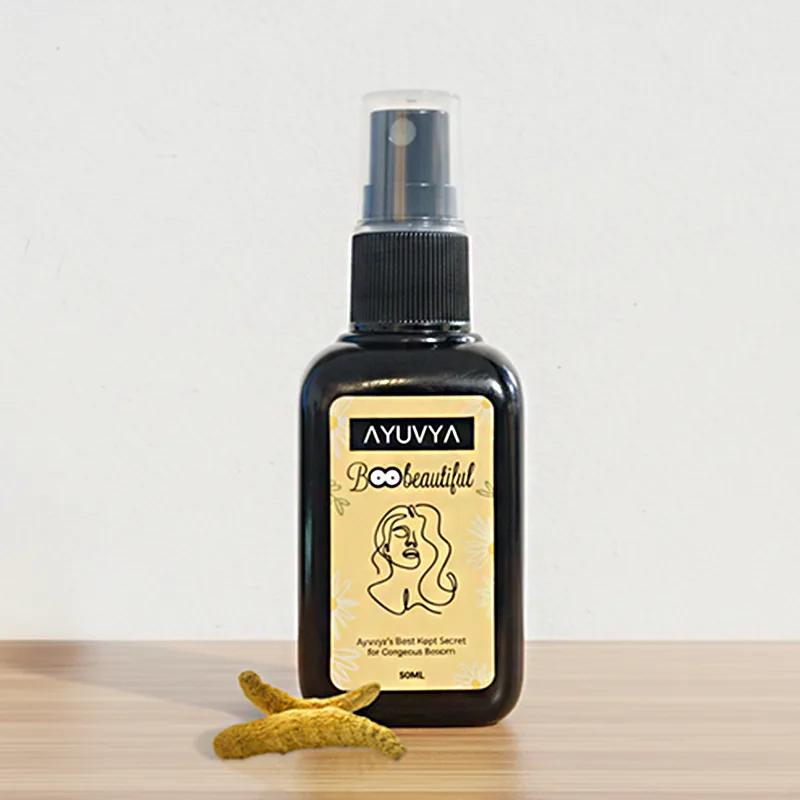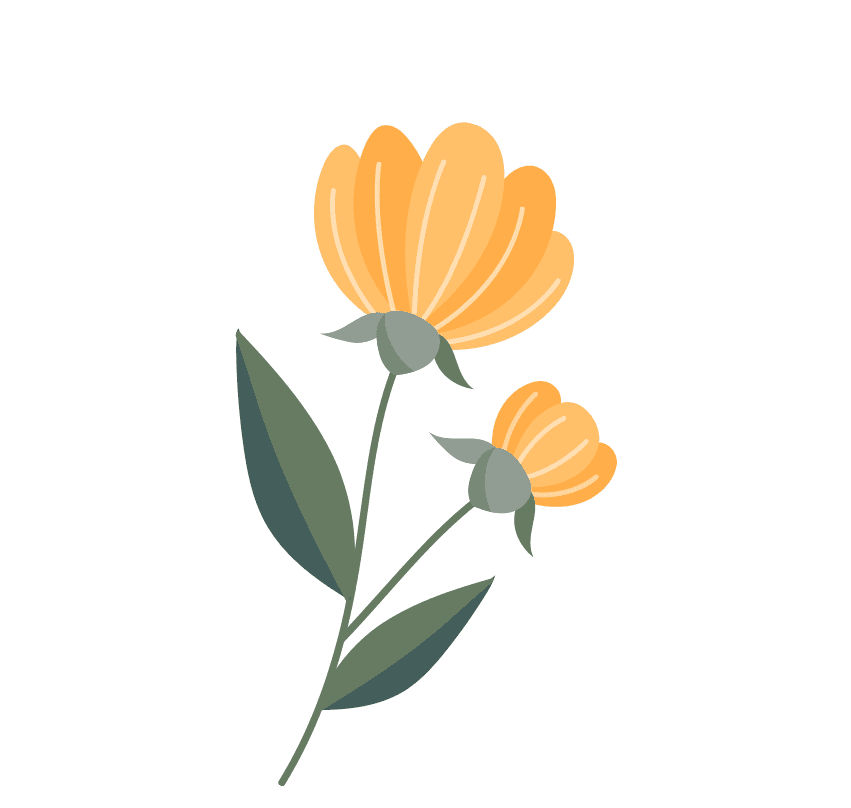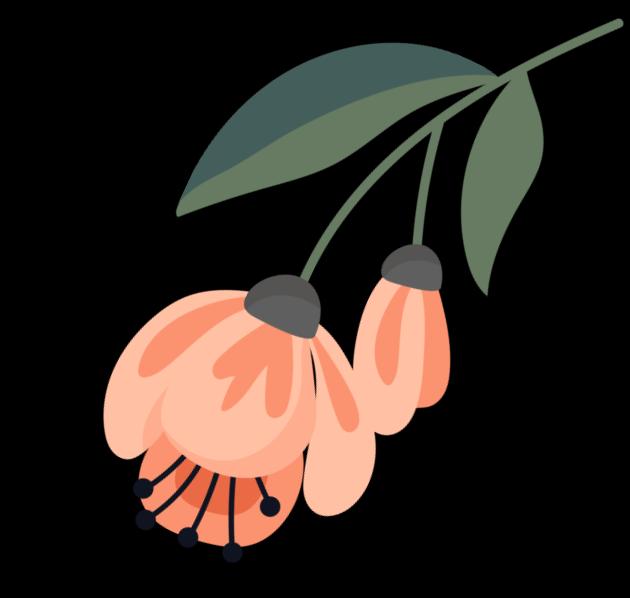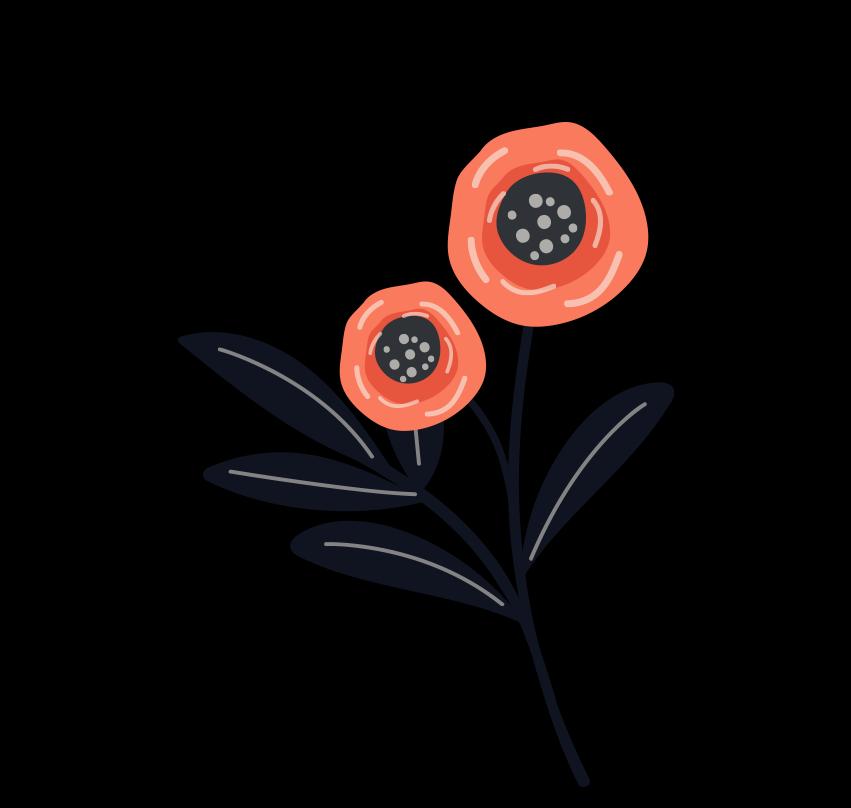How to Remove Stretch Marks on Breasts? Try These Home Remedies
Jun 08, 2024

Stretch marks on breasts are also known as striae. These are common and can appear when the skin stretches quickly due to growth or weight changes. Stretch marks may look like thin lines or streaks on the skin, starting out red or purple and fading to a lighter shade over time. They occur when the elastic fibres in the skin break down due to stretching.
Table of Contents:
- Types of Stretch Marks
- What Causes Breast Dimpling or Stretch Marks?
- Treat Stretch Marks with Natural Home Remedies
- Conclusion
- FAQs
While they are completely normal and do not cause any harm, many seek treatments or remedies to reduce their appearance. Here, we will find the types and major causes of stretch marks on boobs, and how to treat it using natural home remedies.
Types of Stretch Marks
Stretch marks vary in appearance depending on several factors such as their stage of development, cause, and individual skin types. Here are the main types:
Striae Rubrae: These are newly formed stretch marks that appear red or purple. This coloration is due to the blood vessels showing through the thinning skin. Over time, these may fade to a lighter shade.
Striae Albae: Older stretch marks that have faded to a pale white or silver colour. They are less noticeable than newer marks but are more permanent and may have a slightly wrinkled texture.
Striae Gravidarum: Specifically refers to stretch marks that develop during pregnancy, most commonly found on the abdomen, but also often on the breasts, thighs, and buttocks.
Striae Distensae: General term for stretch marks caused by rapid stretching of the skin due to sudden growth or weight gain, including during puberty or muscle building phases.
What Causes Breast Dimpling or Stretch Marks?
1. Puberty
During puberty, hormonal changes cause breasts to grow quickly. This fast growth can stretch the skin suddenly. The deeper layers of the skin, which hold collagen and elastin that keep skin stretchy, might not keep up. This can cause tears in the skin, known as stretch marks.
2. Pregnancy
During pregnancy, the breasts often enlarge as the body readies for milk production, which stretches the skin significantly. Hormonal fluctuations also increase the likelihood of developing stretch marks by altering the ability to stretch and maintain its elasticity. This stretching can exceed the capacity of the skin to adjust smoothly, leading to visible marks.
3. Weight Changes
Rapid weight fluctuations can cause stretch marks on the breasts. Gaining or losing weight quickly puts stress on the skin, stretching it beyond its capacity to adapt smoothly. This rapid expansion or contraction can break the collagen and elastin fibres in the dermis, leading to stretch marks.
4. Genetics
Genetics significantly influence the likelihood of developing stretch marks. If stretch marks are common among your family members, you have a higher chance of experiencing them too. This genetic trait affects how stretchy your skin is and its ability to handle changes without developing stretch marks during significant body changes.
Treat Stretch Marks with Natural Home Remedies
Treating stretch marks with natural home remedies can be a gentle and effective way to reduce their appearance. Here is how to remove stretch marks on breast using natural ingredients at home:
1. Aloe Vera
Known for its healing and soothing properties, aloe vera can be applied directly to stretch marks. Its moisturising and anti-inflammatory effects help repair skin tears and promote healing.
How to remove stretch marks from breast at home using aloe vera?
Cut a fresh aloe vera leaf and squeeze out the gel directly from the leaf.
Rub the aloe vera gel gently over the stretch marks and leave it on the skin.
Allow the gel to soak into the skin for about 20-30 minutes.
Wash the area with lukewarm water. Repeat everyday or on alternate days.
2. Coconut Oil
Regular application of coconut oil can help hydrate the skin and reduce stretch marks over time. Its fatty acids support the healing process of the skin, making the marks less noticeable.
How to treat stretch marks on breasts using coconut oil?
Take a small amount of coconut oil and warm it slightly by rubbing it between your hands.
Gently massage it into the areas with stretch marks.
Allow the oil to absorb into the skin; there is no need to wash it off as it serves as a moisturiser.
For best results, apply coconut oil daily, especially after showering when the skin is still slightly damp.
3. Vitamin E Oil
Vitamin E is critical for skin health and can be applied directly to stretch marks to increase elasticity and help tissue repair. It is often used as a preventive treatment during pregnancy.
How to heal stretch marks on breast using vitamin E oil?
Squeeze a small amount of Vitamin E oil onto your fingertips.
Rub it gently over the stretch marks.
Leave the oil on your skin to absorb fully, increasing its moisturising and healing effects.
Apply this oil consistently every day, preferably after bathing, to help reduce the appearance of stretch marks.
4. Lemon Juice
Lemon juice is a natural remedy often used to treat stretch marks due to its high vitamin C content, which is crucial for the production of collagen. Collagen is a protein that helps keep skin elastic and can aid in the repair of stretch marks. The acidic nature of lemon juice also helps exfoliate the skin, which can improve the appearance of stretch marks by removing dead skin cells and promoting new cell growth.
How to Use?
Squeeze a small amount of Vitamin E oil onto your fingertips.
Rub it gently over the stretch marks.
Leave the oil on your skin to absorb fully, its moisturising and healing effects.
Apply this oil consistently every day, preferably after bathing, to help reduce the appearance of stretch marks.
5. Sugar Scrub
Sugar scrubs can be beneficial for reducing the appearance of stretch marks on the breasts by exfoliating the skin. This exfoliation helps to remove dead skin cells and promotes the regeneration of new skin, which can make stretch marks less noticeable.
How to Use?
Mix a cup of sugar and almond oil or coconut oil.
Add a few drops of lemon juice for extra skin benefits.
Apply the mixture to the areas with stretch marks and gently scrub in a circular motion for a few minutes.
Rinse off with warm water.
Use this scrub two to three times a week for effective exfoliation and to promote skin regeneration.
6. Shea Butter
Shea butter is highly effective in treating stretch marks on the breasts due to its rich content of vitamins A and E, which are essential for skin health and repair. These vitamins help improve skin elasticity and moisture, reducing the visibility of stretch marks.
Ensure the shea butter is at room temperature and easily spreadable.
Gently massage a generous amount of shea butter into the areas with stretch marks.
Allow it to absorb into the skin completely; there is no need to rinse.
For the best results, apply shea butter twice daily, especially after bathing to lock in moisture.
Key Takeaway
In conclusion, effectively managing stretch marks on the breasts can be achieved through consistent use of natural remedies such as aloe vera, coconut oil, vitamin E oil, lemon juice, sugar scrubs, and shea butter. These ingredients not only improve skin elasticity and moisture but also promote skin repair and regeneration. Regular application of these natural products can significantly reduce the visibility of stretch marks, enhancing the appearance and health without the use of harsh chemicals.
Frequently Asked Questions
A significant number of females develop stretch marks at some point due to various factors like growth spurts, pregnancy, or weight changes. Studies suggest most women will experience stretch marks, especially during puberty and pregnancy.
Coconut oil can help moisturise the skin and possibly make stretch marks less noticeable, but it does not remove them.
Natural remedies like applying aloe vera, coconut oil, or lemon juice may help fade stretch marks slightly, but they won't fully remove them.
Losing weight will not remove stretch marks. In fact, rapid weight loss can cause stretch marks due to the quick changes in body size.
Vaseline cannot remove stretch marks, but it can help moisturise the skin and potentially make the marks less noticeable over time.
Stretch marks from puberty may fade as you get older but are unlikely to disappear completely. However, their appearance can be significantly reduced with treatments and time.
Stretch marks can be made less visible through treatments like moisturising creams, laser therapy, and microdermabrasion. Regular use of products containing cocoa butter, shea butter, or vitamin E may also help.
Chest stretch marks often fade over time but don't usually disappear completely. They can become less noticeable with proper skincare or treatments.
Stretch marks on a 14-year-old's breasts are likely due to rapid growth during puberty. This is a normal response as the skin stretches to accommodate developing breasts.
Yes, it is common to have stretch marks on the breasts, especially during periods of rapid growth such as puberty, pregnancy, or significant weight changes.














